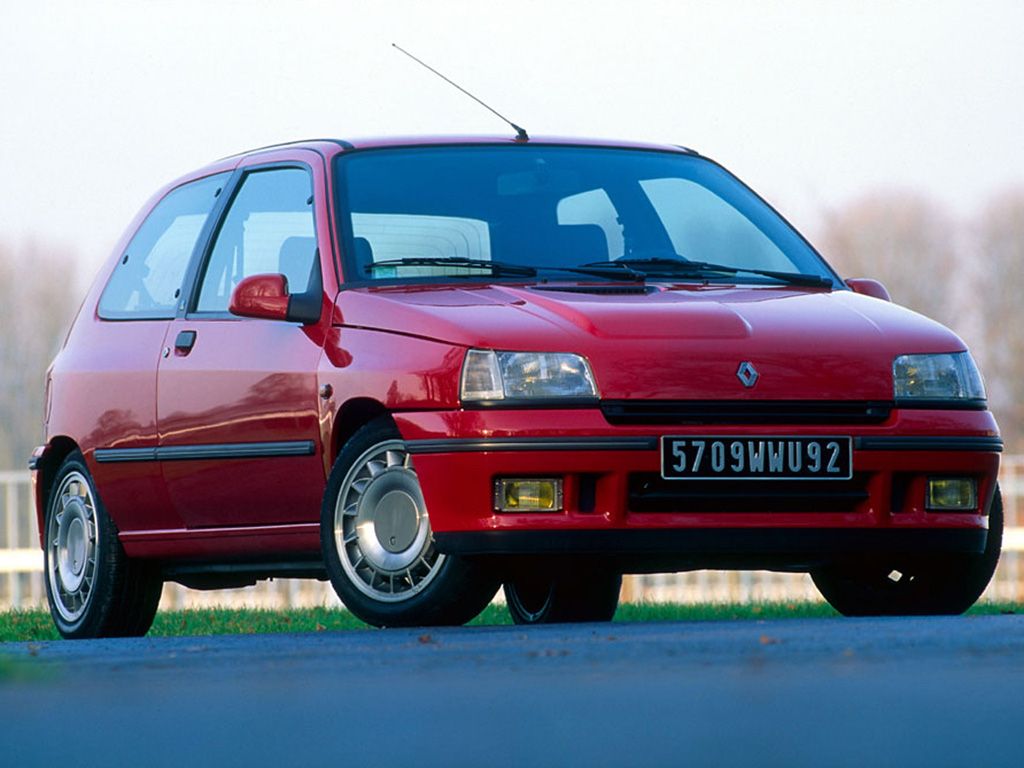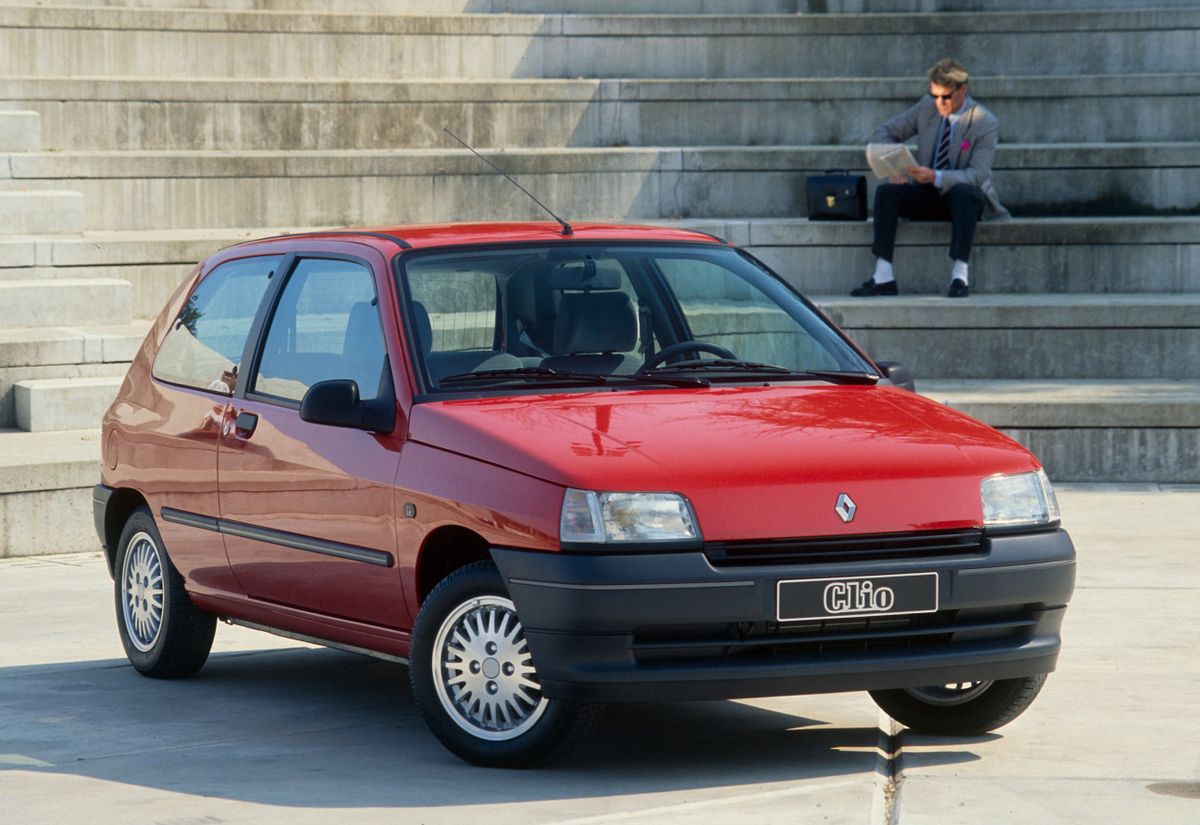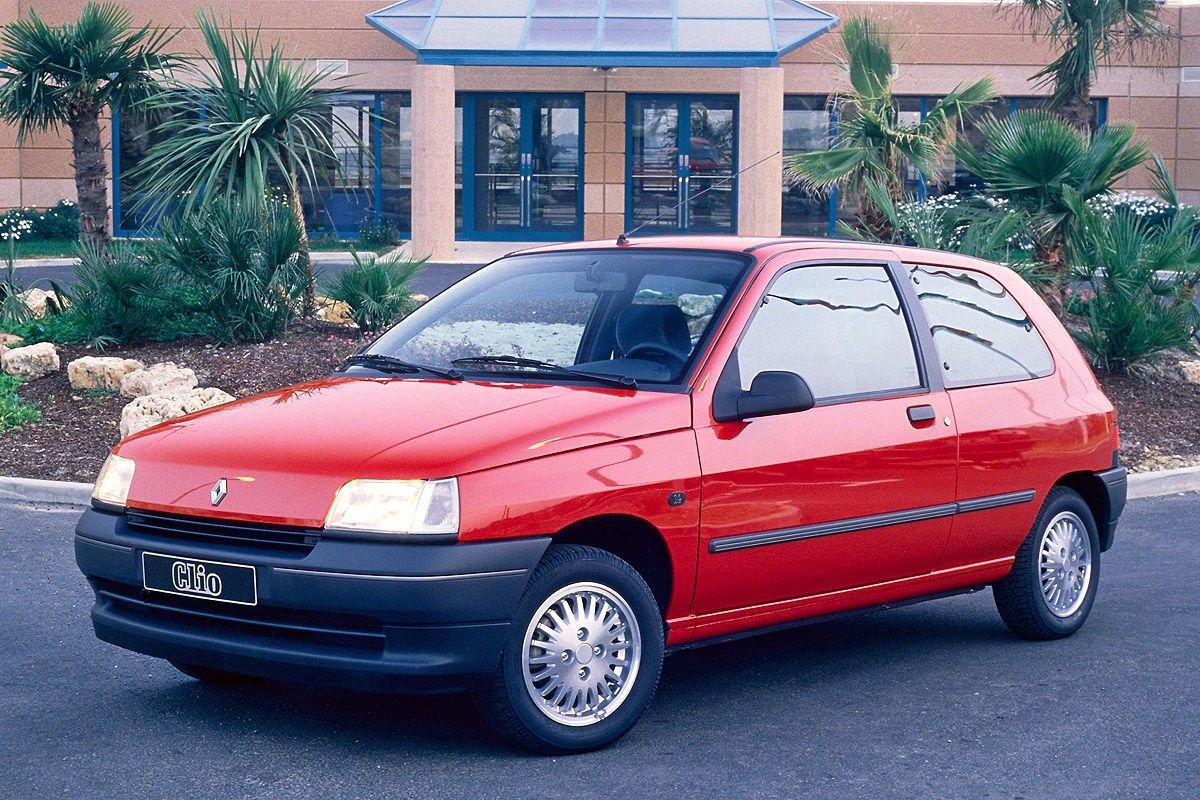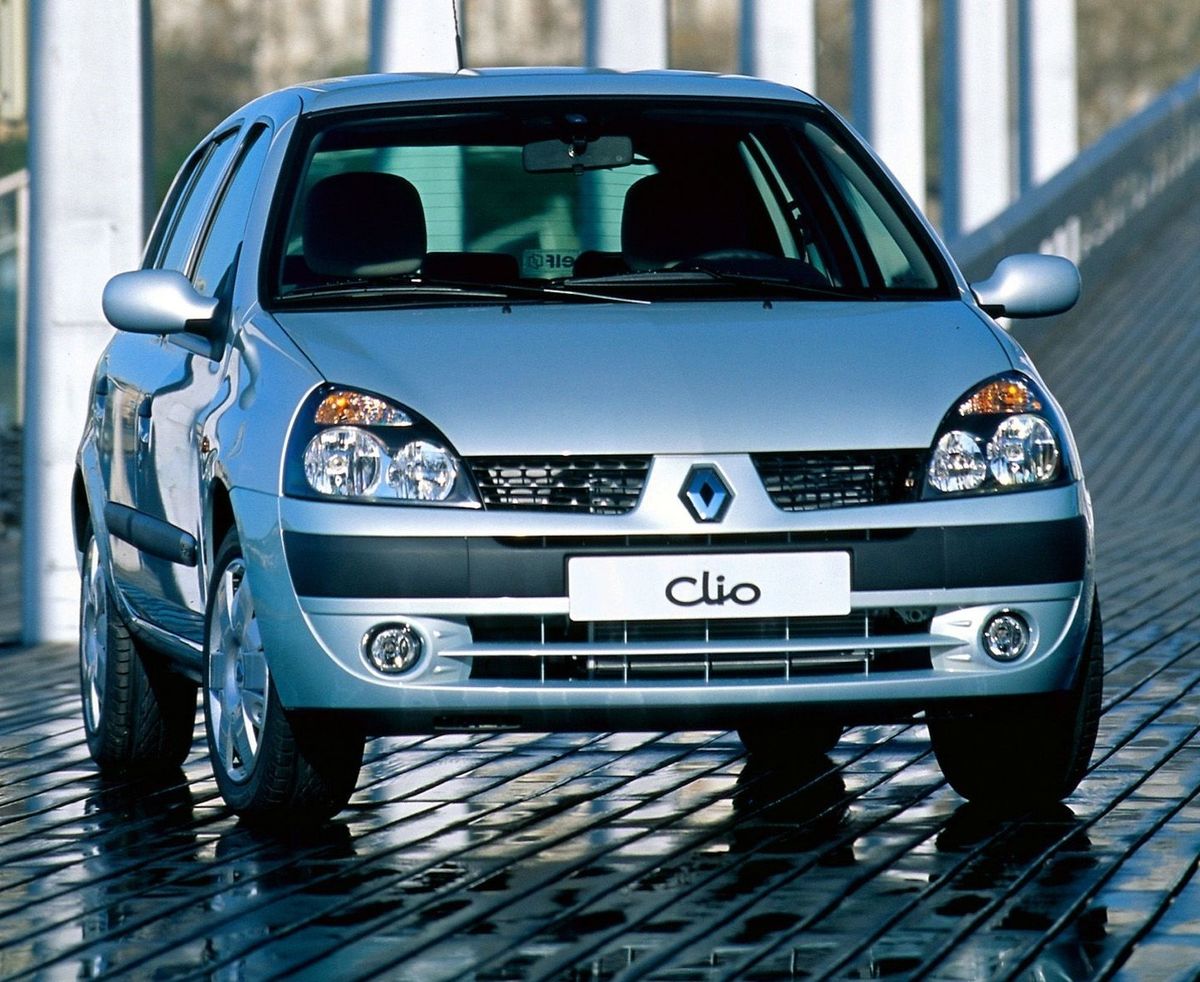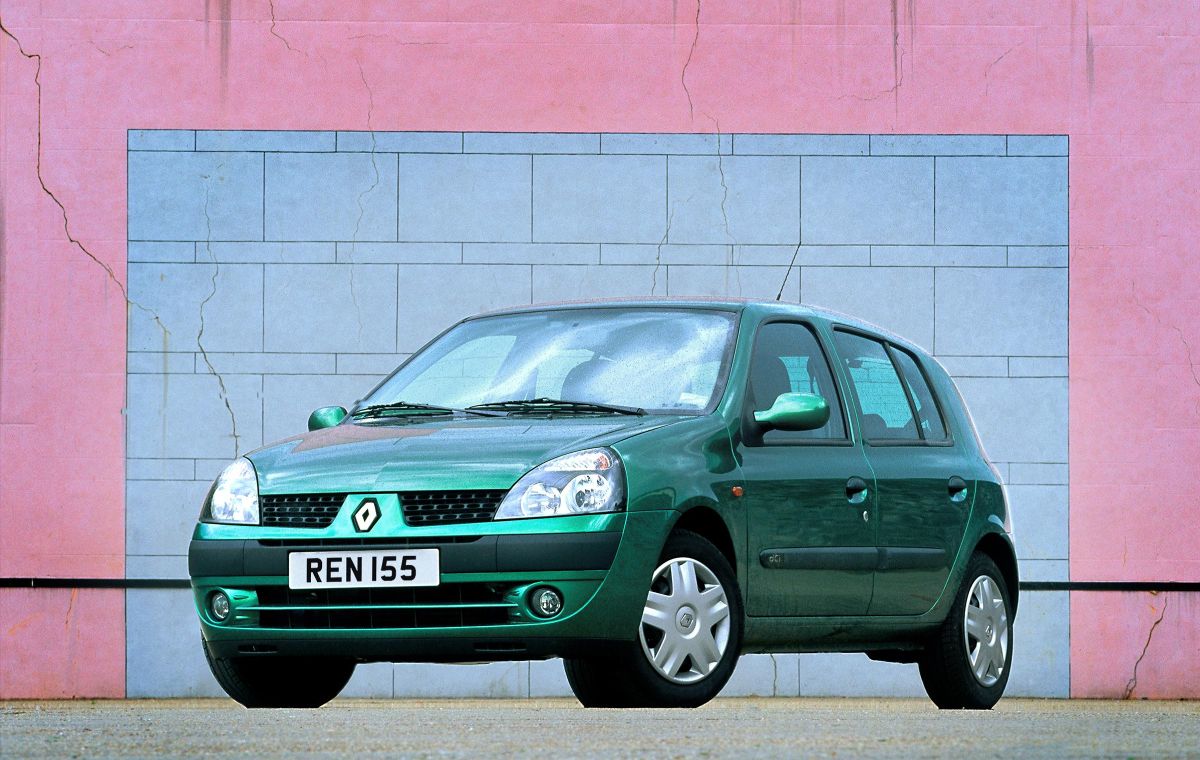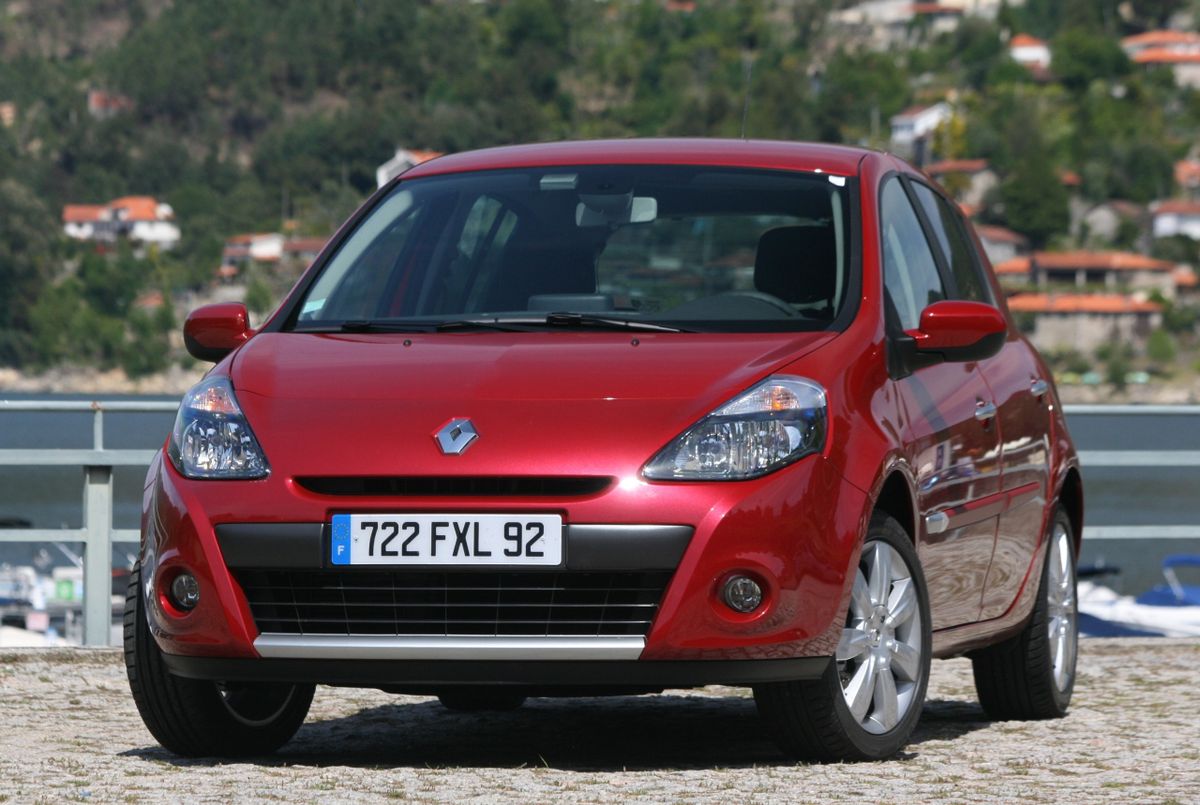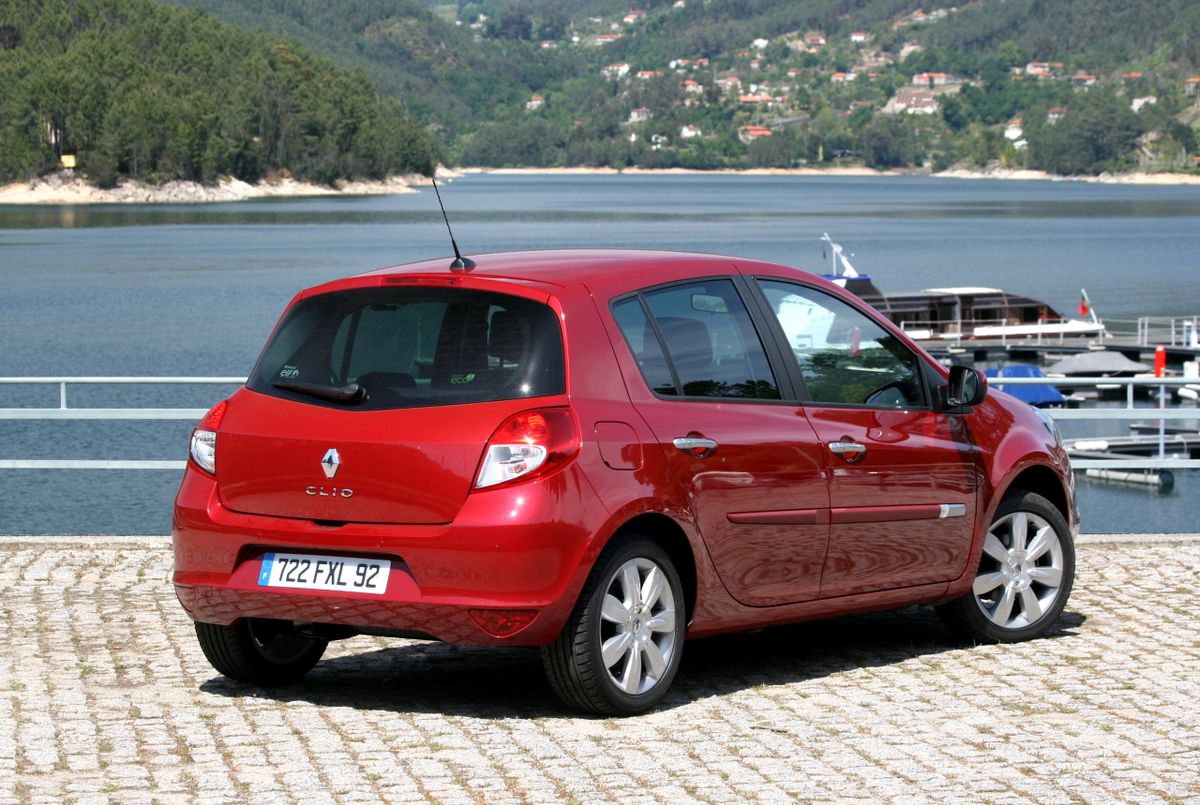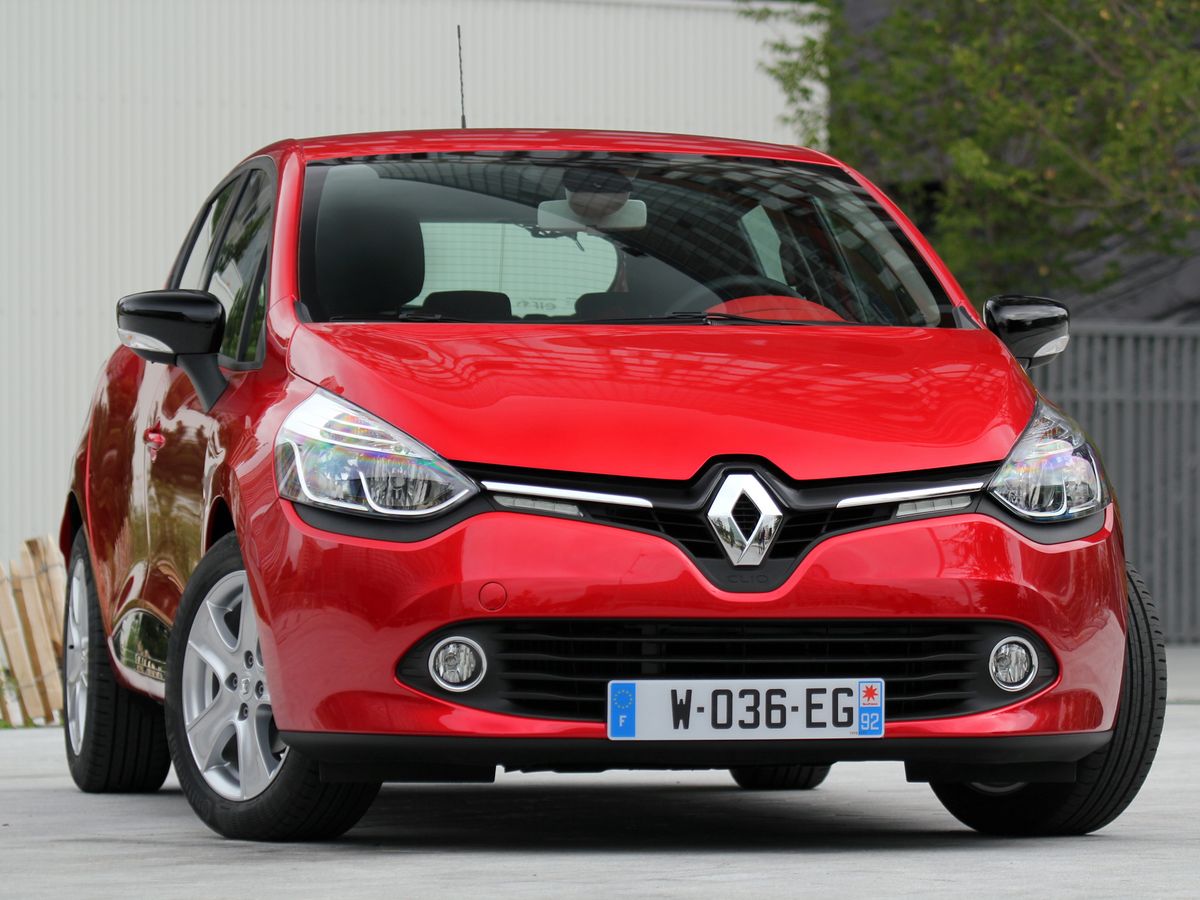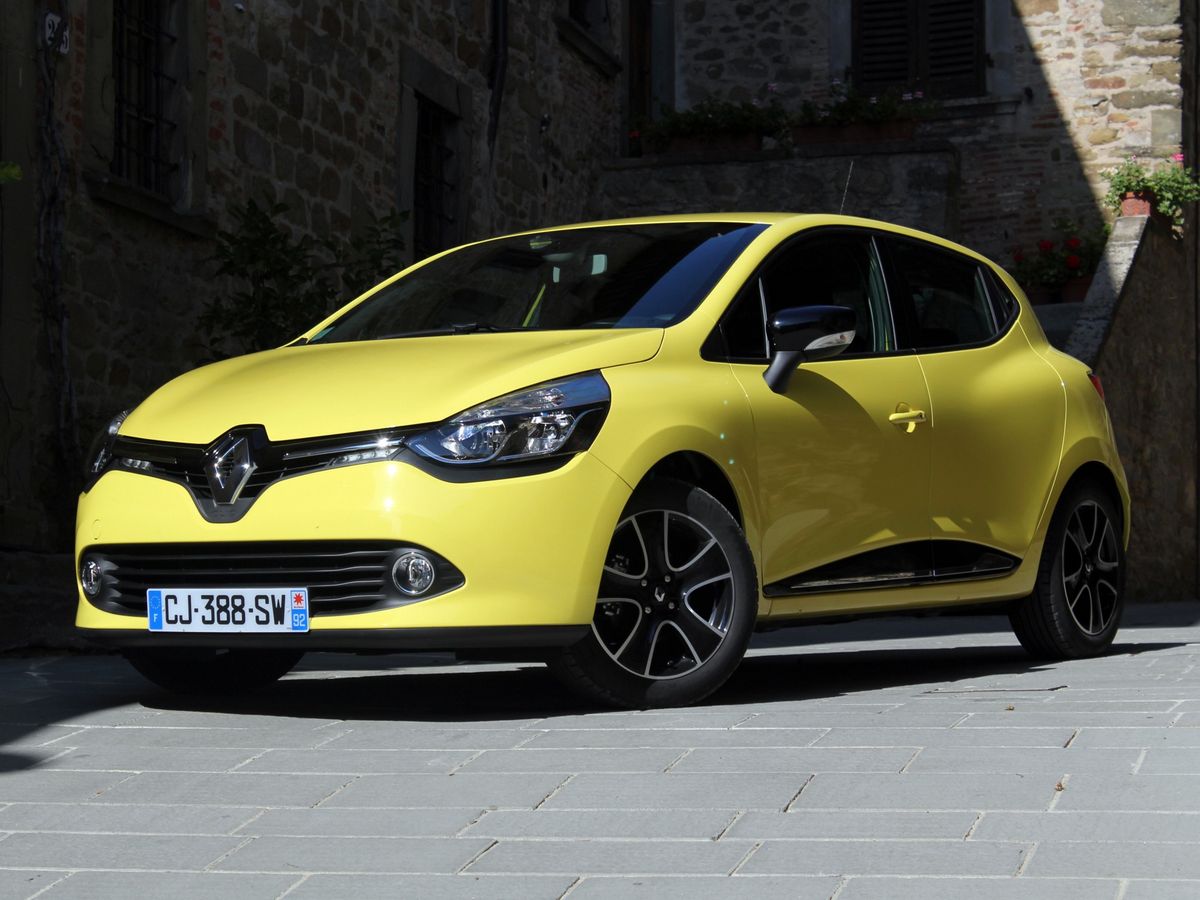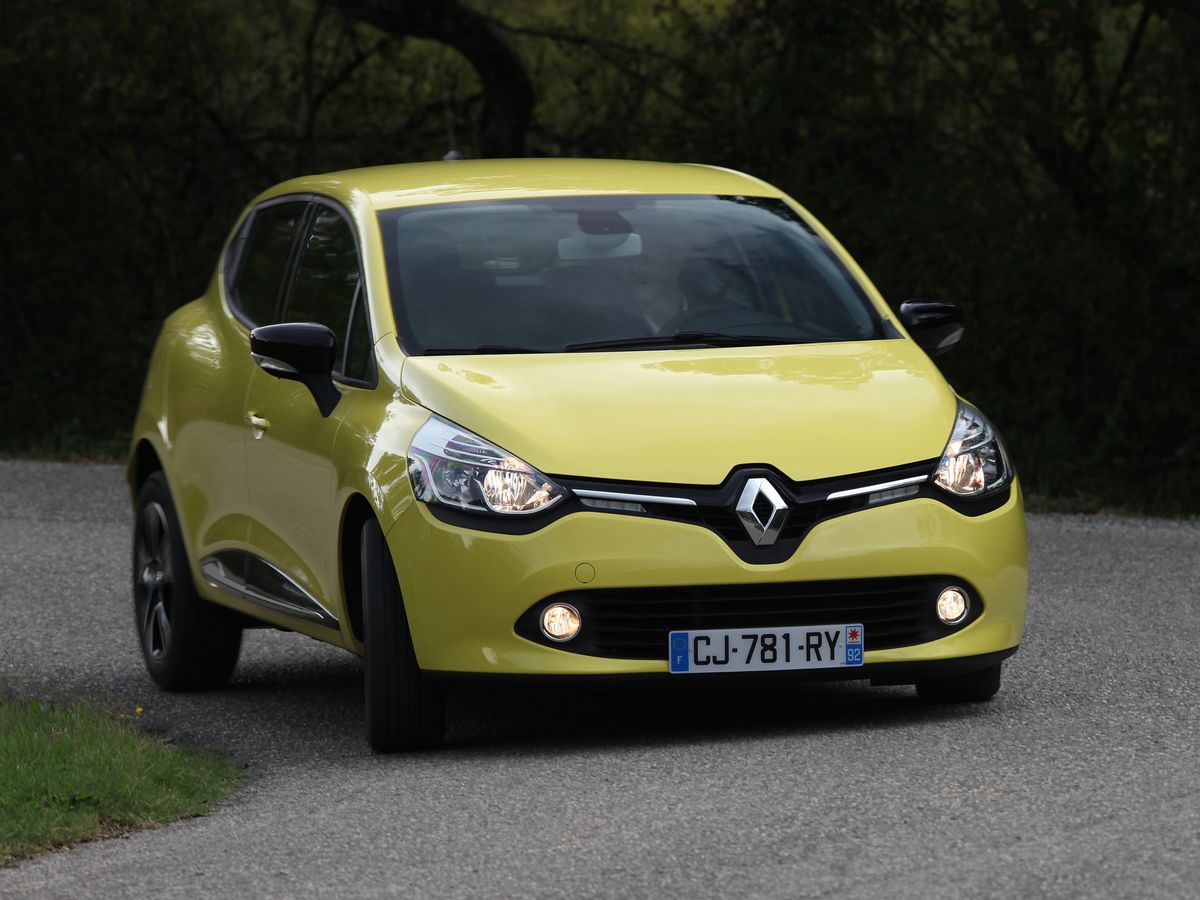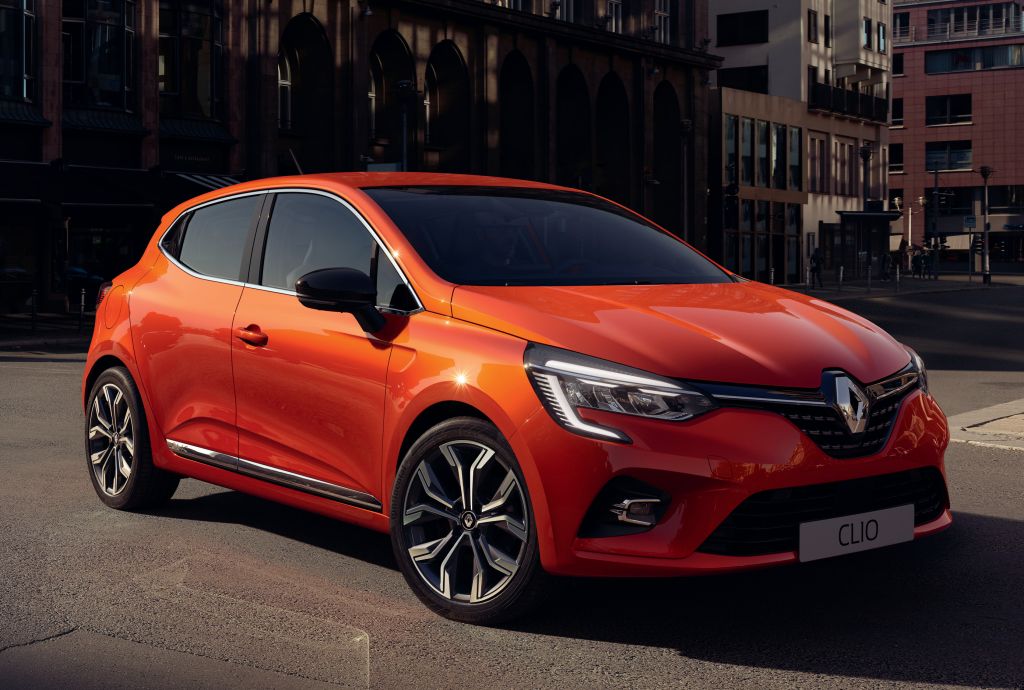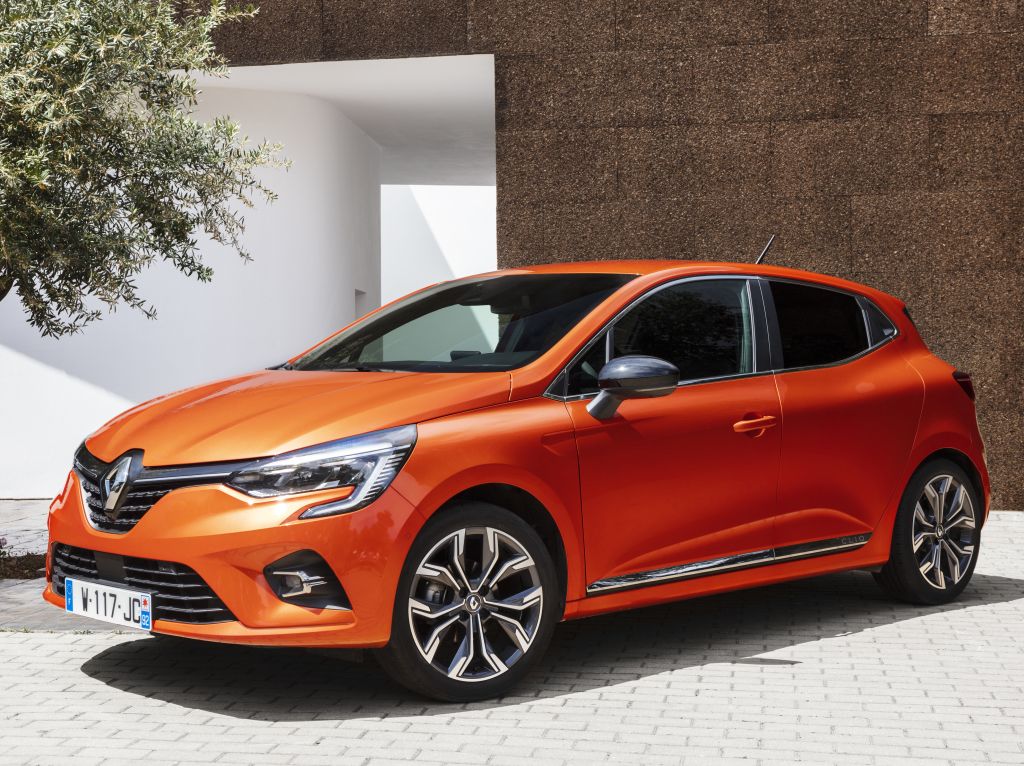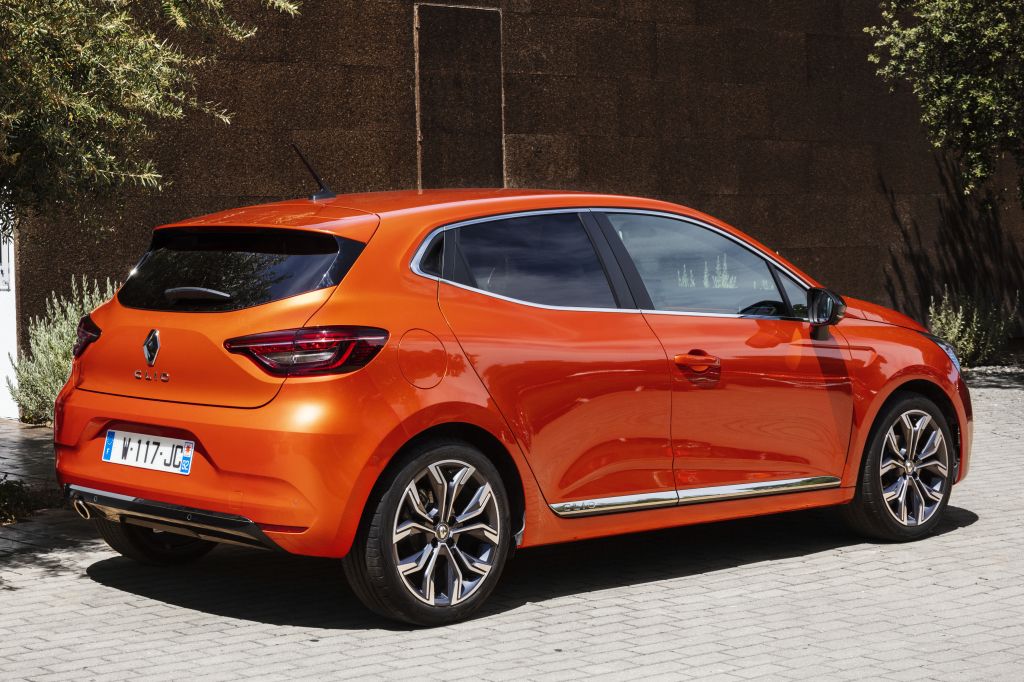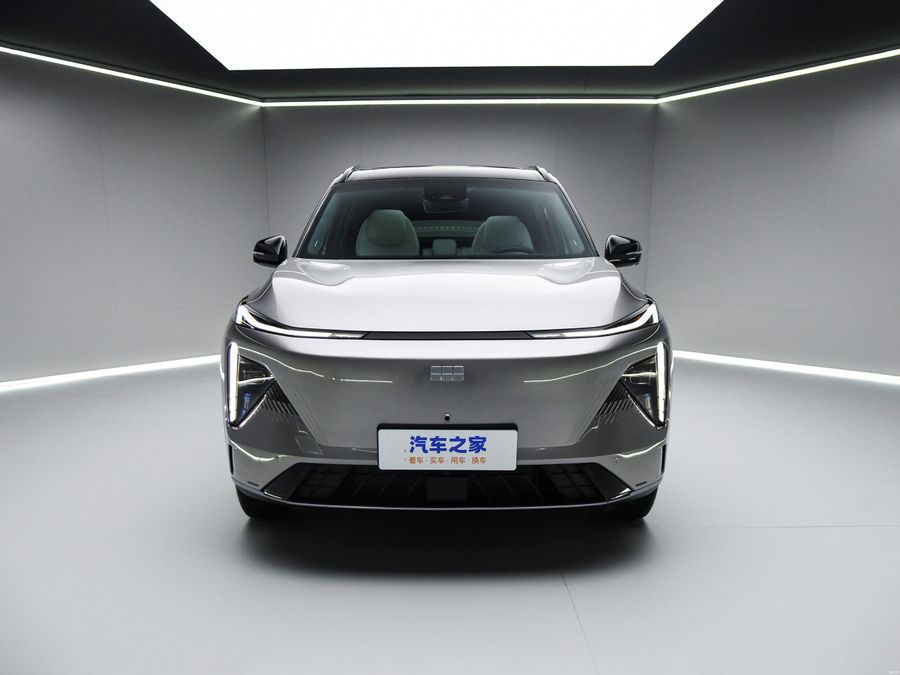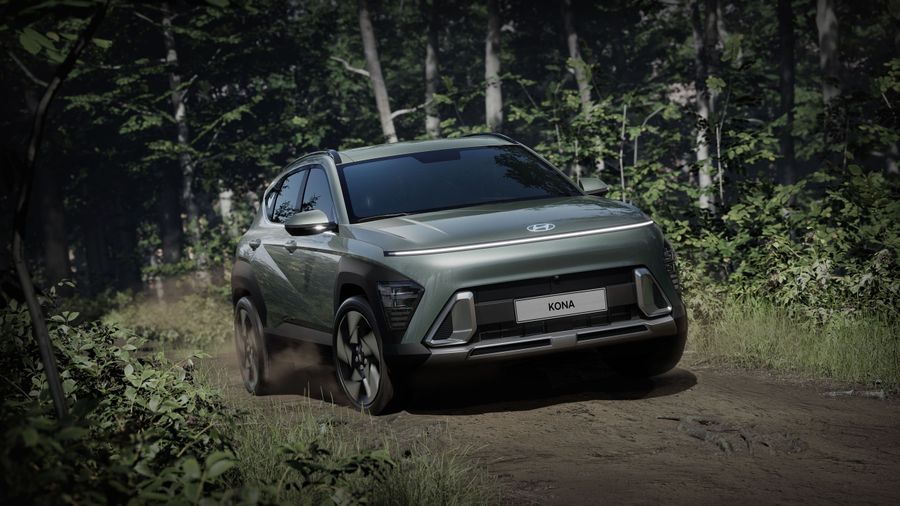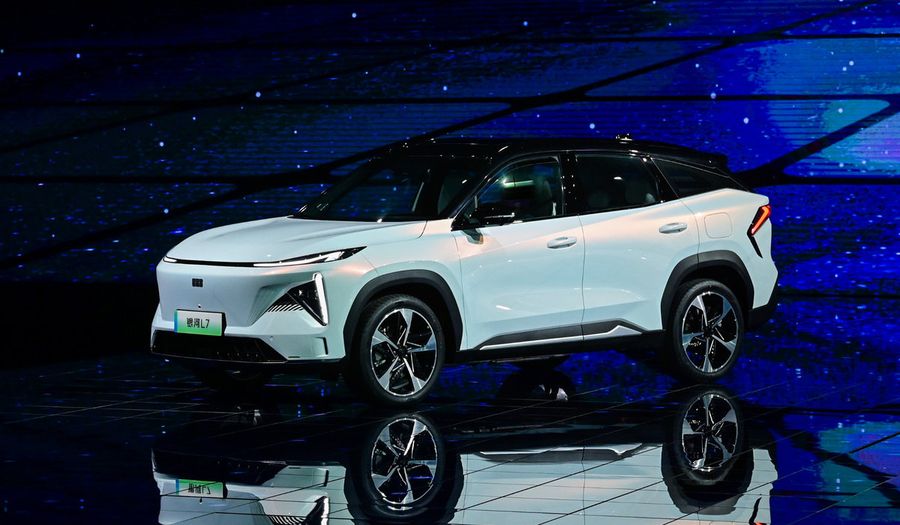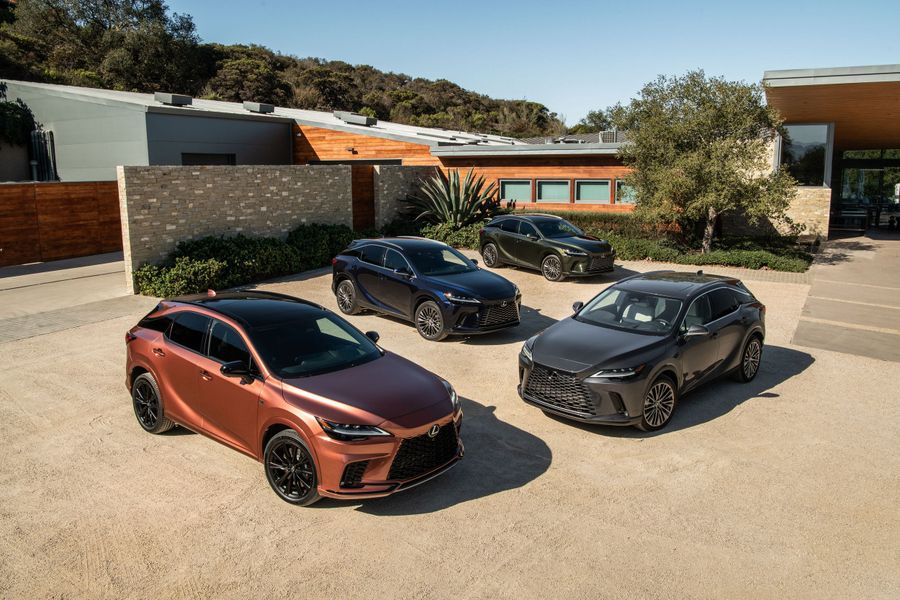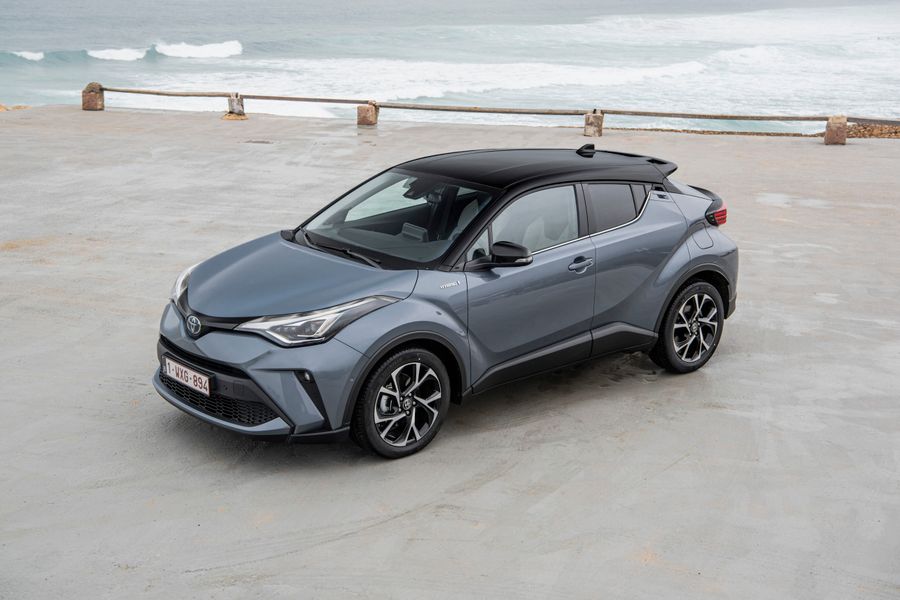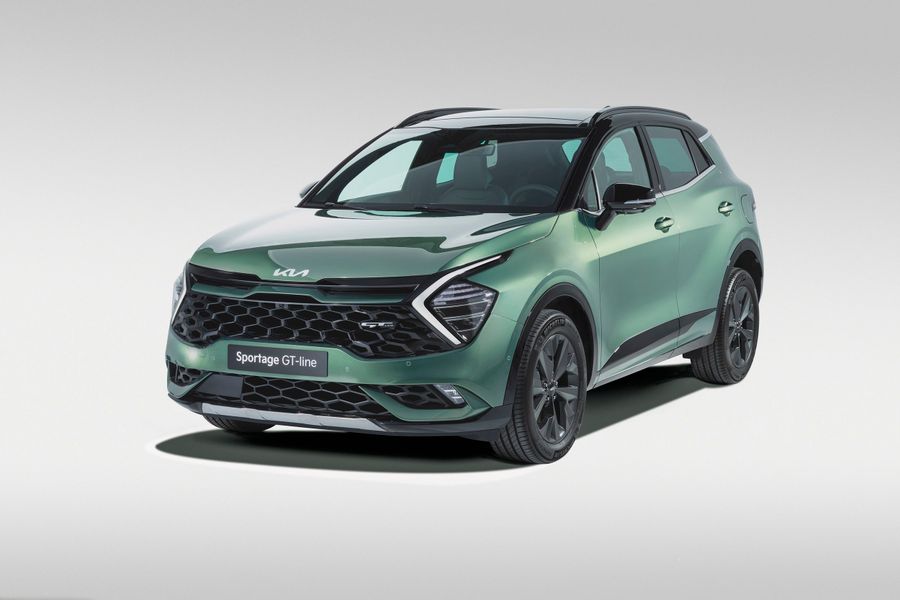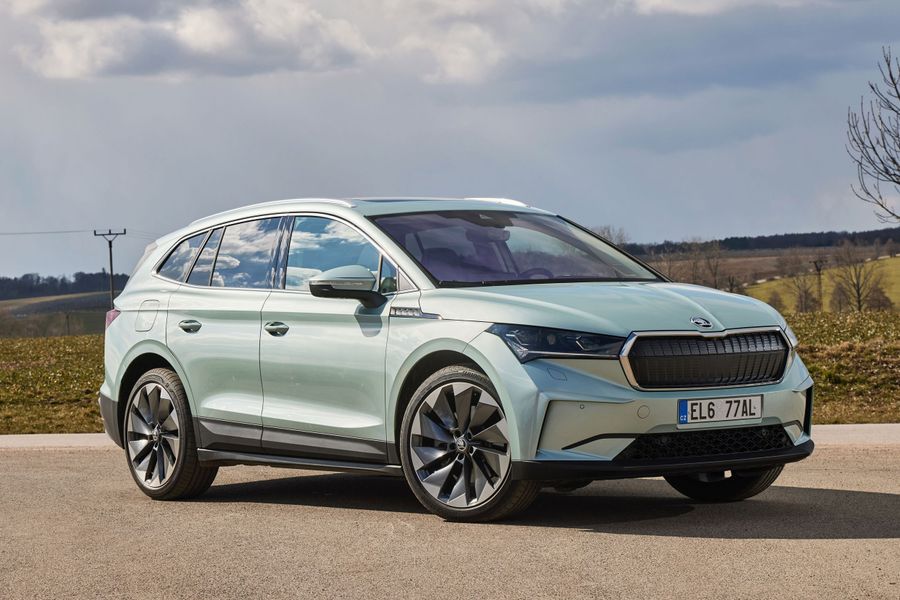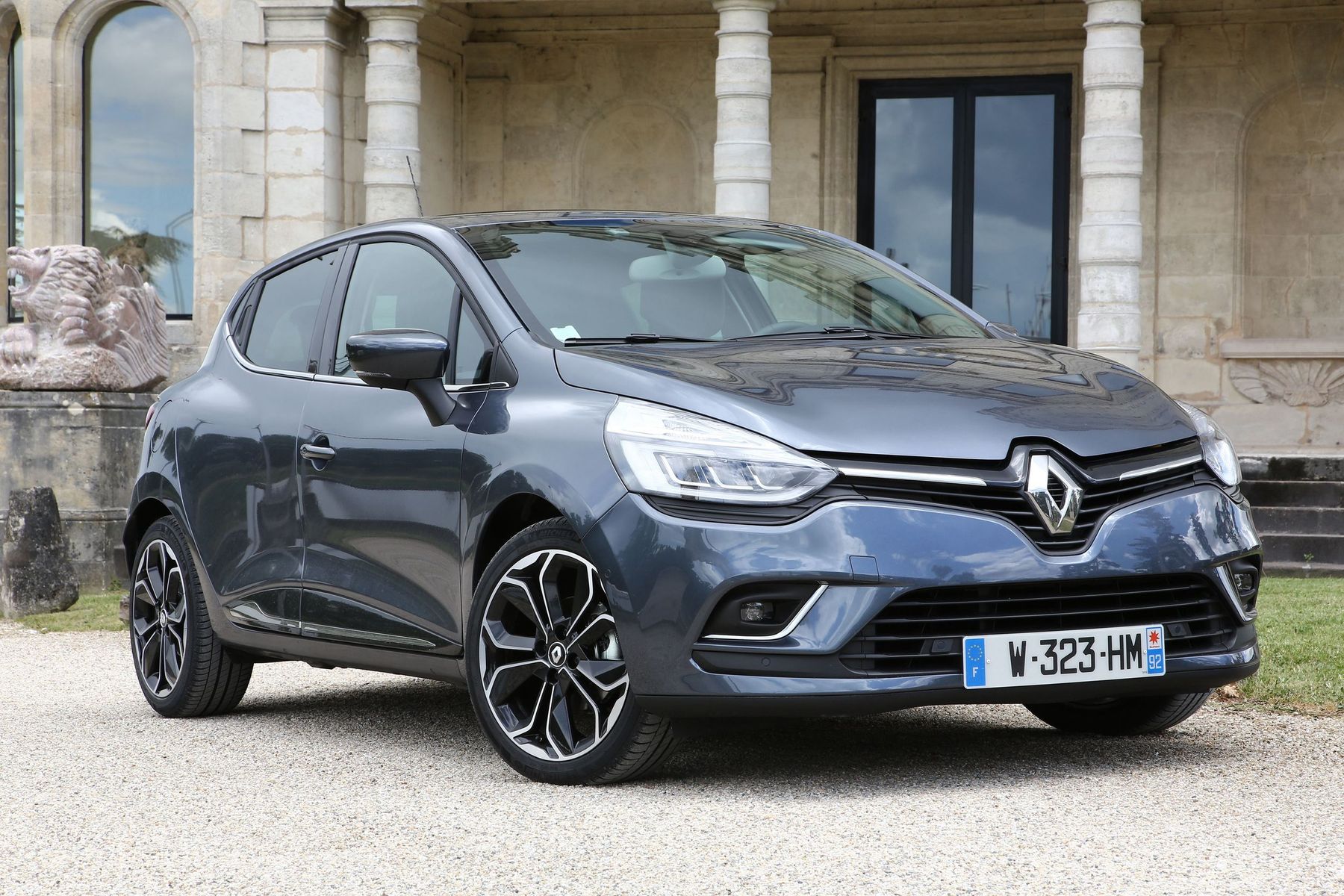
Little athlete
The Renault Clio is a subcompact five-door hatchback and estate produced by Renault (France) since 1990. It has five seats and front-wheel drive. In 2021, Israeli buyers can purchase the fifth generation of the 2019 hatchback.
The first generation
It was produced from 1990 to 1998. The Renault Clio premiered at the Paris Motor Show in the fall of 1990 and soon began to be sold in France, and then throughout Europe. The five-door hatchback body dimensions were as follows: 3,709 × 1,625 × 1,395. The car was supplied with 1.2 and 1.4 liter petrol engines, as well as with 1.7 and 1.9 liter diesel engines. Since 1991, there has been a modification with a 1.8-liter 16-valve engine, producing 137 hp and developing a maximum speed of about 200 km/h. Since 1992, petrol engines have been equipped with an injection system instead of carburetors. In 1991, the little car from Renault won the European Car of the Year Award among the cars of its class and got into the top ten best-selling cars in Europe.
In 1991, the little car from Renault won the European Car of the Year Award among the cars of its class and got into the top ten best-selling cars in Europe.
In March 1994, the model underwent the first major restyling, which slightly improved the exterior and interior of the car. In 1996, the model was upgraded and acquired a more fuel-efficient 1149 cc engine instead of the 1.2-liter. Moreover, some technical improvements were made to the design of the car and the finishing touches were put to the exterior. The first generation Clio was produced until 1998, during which time more than 4 million cars were produced.
The second generation
It was produced from 1998 until 2013 (and this is despite the release of the third generation in 2005), and was restyled twice: in 2001 and 2003. This is a real long-liver! The second generation Renault Clio was created on a completely new platform. The car acquired a more rounded design, the front fenders were made of plastic, and some versions had the aluminum hood. This was done in order to save weight and reduce repair costs. Initially, the car was equipped with the engines from the previous generation, but in early 1999, a sporty 2-liter 16-valve version appeared. Later all the old petrol engines were replaced by more powerful and more fuel-efficient 16-valve versions.
In 2000, the manufacturer introduced a unique version of the Renault Clio Sport V6 with a centrally located 3 liter V6 engine. It produced 230 hp and provided a maximum speed of 235 km/h. A year later, the engine was modified and received an additional 25 hp, which had a positive effect on the dynamics of acceleration (5.8 sec.) and maximum speed (245 km/h).
In the spring of 2001, the car could boast of an upgraded exterior, improved interior finishing, and a new 1.5-liter direct-injection diesel engine. In total, about 7 million second generation cars were produced.
The third generation
It was produced from 2005 to 2013, and was restyled in 2009. The third Renault Clio was built on the B platform, developed in collaboration with Nissan, and turned out to be larger than its predecessor. It was the first model to feature a keyless immobilizer. The car achieved a five-star rating after the EuroNCAP safety testing. And in 2006, it won the European Car of the Year Award.
In June 2006, the sales of the Clio Sport (2-liter engine, 197 hp, 6-speed gearbox) started in France. The top speed was 215 km/h, and the acceleration from 0-100 km/h occurred in just 6.9 seconds. At the 2006 Paris International Agricultural Exhibition, Renault unveiled the Clio Hi-Flex with a 1.6-liter 16-valve engine. This car, destined for Brazil, represented the Flex-Fuel concept: it was equipped with an engine capable of running on a gasoline-ethanol blend (in any proportion).
The third Renault Clio achieved a five-star rating after the EuroNCAP safety testing. And in 2006, it won the European Car of the Year Award.
In March 2007, the manufacturer introduced an estate version called the Clio Grandtour. The only difference from the usual version was the car’s body. In 2009, both models underwent restyling, which adjusted Clio to the new corporate style of the company.
The fourth generation
It has been produced from 2012 to the present (despite the release of the fifth generation!), and was restyled in 2016 (as of 2021). The exterior of the fourth generation hatchback was elaborated by the famous designer Laurens van der Acker. The new Renault Clio became the first car to be designed in compliance with the new corporate style. The fourth generation is produced only in 5-door bodies (hatchback and estate). The Clio R.S. 200 EDC with a 1.6-liter turbocharged engine is especially interesting. It has a sporty exterior and interior design, superb equipment (adaptive electric power steering, keyless entry system, 2-zone climate control, cruise control, ESP, etc.).
The engine range of the Clio is still quite diverse, including a 0.9 liter version (76 hp), more powerful turbo petrol ENERGY TCe 1.2-liter engine (plus a 6-speed manual transmission) or a 1.5-liter dCi 110 diesel engine. The car is equipped with the MacPherson strut at the front and a torsion-bar suspension with coil springs at the rear.
In Europe, the Renault Clio was one of the best-selling cars of its brand, stealing lots of buyers from the undisputed leader in this class, the Volkswagen Polo.
The fourth generation Clio underwent restyling in 2016. The car has acquired Pure Vision LED optics, a more advanced engine range and improved interior. In Europe, the Renault Clio was one of the best-selling cars of its brand, stealing lots of buyers from the undisputed leader in this class, the Volkswagen Polo. The EuroNCAP classified the car as the safest car (5 stars).
The fifth generation
It has been produced from 2019 to present (as of 2021). The car’s exterior has gone through some evolutionary changes, whereas other metamorphoses can be called revolutionary. The new Renault Clio has a completely redesigned interior inspired by the “older” models of the brand, a new modular platform, modern engines and a wide range of progressive options.
The 2019/2020 Renault Clio is still a subcompact class car: it is 4,050 mm long, 1,798 mm wide and 1,440 mm high. The kerb weight of the five-door car ranges from 1,090 to 1,189 kg, depending on the modification. The basic versions are equipped with a three-cylinder SCe petrol engine (1-liter, direct injection, variable valve timing, 65 or 75 hp at 6,250 rpm). More powerful turbocharged engines TCe include: a 1.0 liter three-cylinder engine producing 100 hp at 5,000 rpm, a 1.3-liter four-cylinder engine producing 130 hp at 5,000 rpm. Plus, there is a 4-cylinder Blue dCi diesel engine (1.5-liter, turbo, Common Rail, 85 or 115 hp at 3,750 rpm). Gearboxes: 5 or 6-speed manual transmission, X-tronic CVT or a 7-speed EDC semi-automatic transmission with two clutches.
The 2020 Renault Clio is based on a front-wheel-drive CMF-B platform. It is equipped with the MacPherson strut at the front and a semi-independent torsion suspension at the rear. The basis version of the hatchback provides: 4 airbags, ABS, EBD, ESC, a media system with a 7-inch screen, 16-inch alloy wheels and other modern equipment. The top RS LINE has an automatic parking system, adaptive headlights, lane departure warning system, blind spot scanners, etc.


